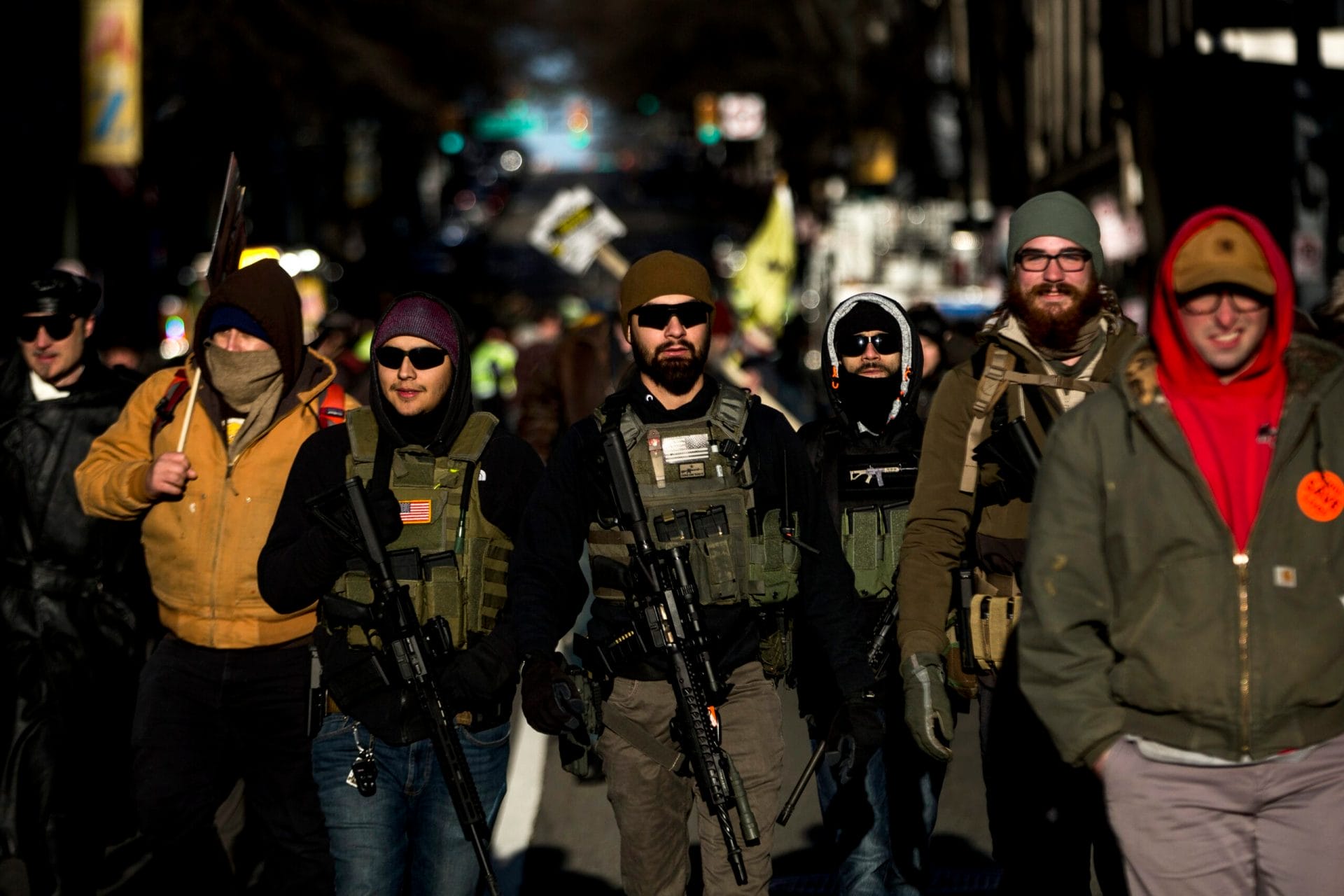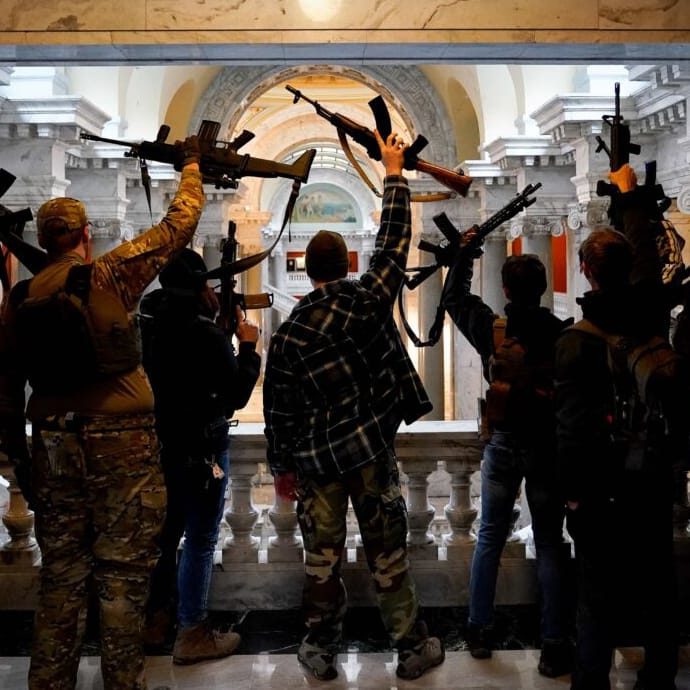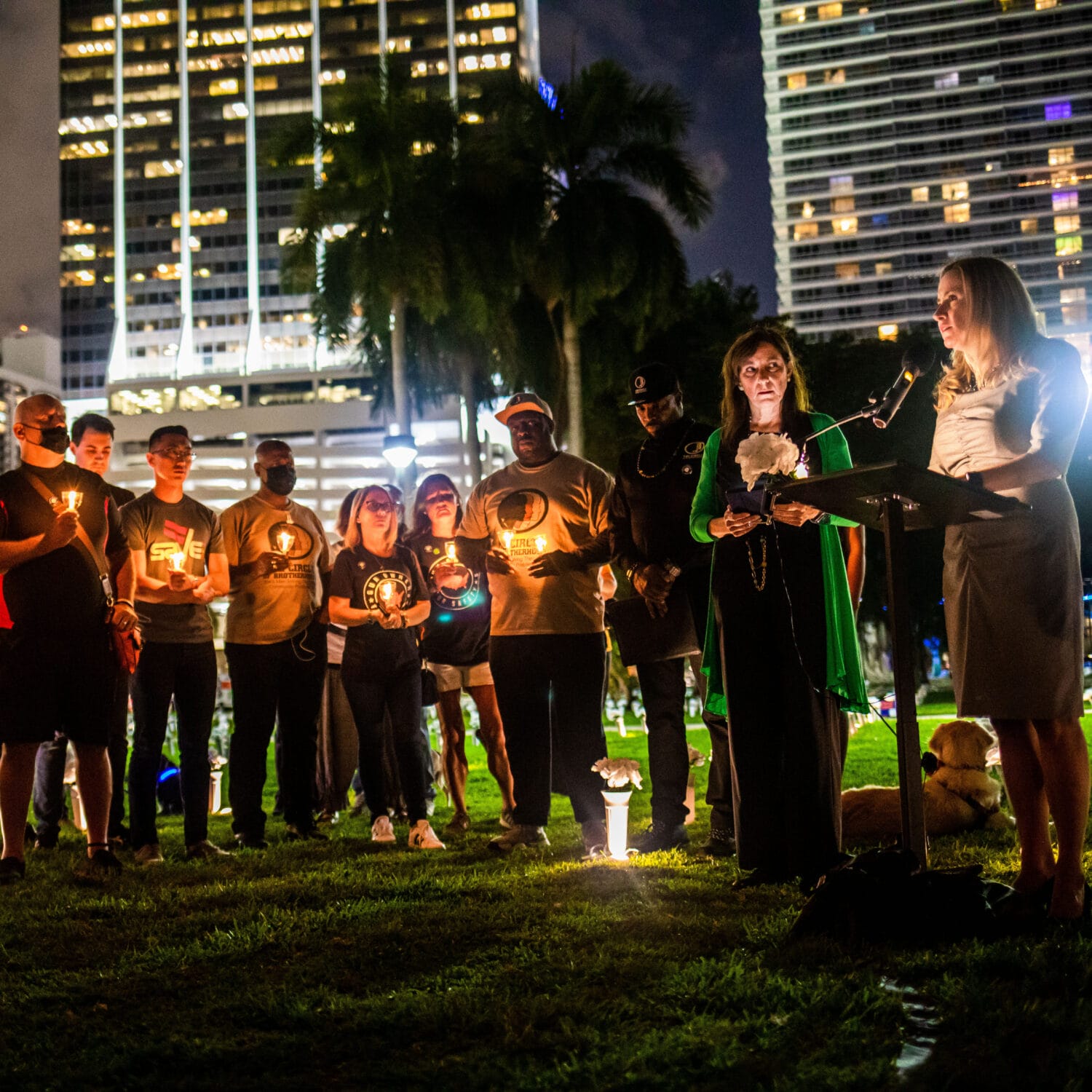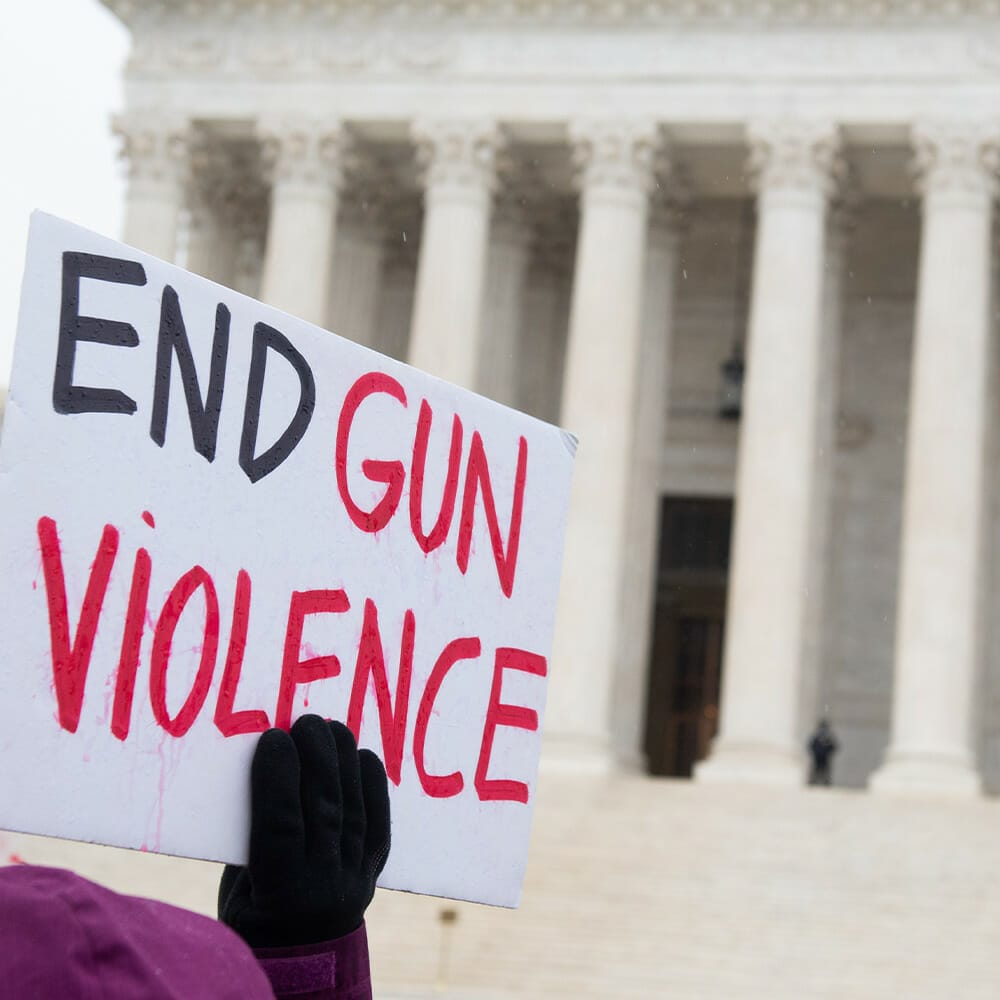
How Extremism Fuels Gun Violence
As we remember the El Paso and Dayton shootings, we must confront how the spread of extremist ideologies impacts this country’s gun violence crisis.
Five years ago, on August 3, 2019, El Paso, Texas, was rocked by a horrific act of violence.
A gunman opened fire at a Walmart, killing 23 people and injuring many others. Just a day later, Dayton, Ohio, faced a mass shooting that claimed nine lives. These tragic events are connected by a backdrop of escalating extremism and the pervasive availability of firearms, underscoring a troubling trend in our society.
The El Paso shooter’s 2,300-word manifesto revealed a chilling motivation: a desire to stop what he called a “Hispanic invasion” of Texas. This rhetoric reflects the type of toxic discourse prevalent in extremist online forums and—troublingly—increasingly in mainstream politics. Both an example of political extremism and a hate crime, the El Paso shooting is the foreseeable result of the normalization of such hate, which can be linked to right-wing pundits and political leaders who have in recent years perpetuated a dehumanizing campaign against the Hispanic community.
Emboldened by former president Trump—who has infamously referred to Latin American migrants crossing the southern border as “animals” and “rapists”—this dehumanizing narrative has significantly contributed to the mainstreaming of violent extremism, legitimizing harmful ideologies and acts of violence, as exemplified by the El Paso shooter.
The El Paso attack was sadly not an isolated incident but part of a troubling rise in right-wing terrorism globally. In 2023, the Southern Poverty Law Center documented 1,430 active hate and anti-government extremist groups in the United States. Within those, the number of active white nationalist groups grew 50% from 2022 to 2023, reaching a historic high of 165.
Too often, attacks, protests, and rallies by these groups involve guns. Reports from the FBI, DHS, and the Anti-Defamation League reveal that firearms are now the most common weapon used by extremists, with 93% of extremist killings in the US committed with guns. Federal agencies anticipate that firearms will continue to be a major threat, particularly due to their availability and ease of use.
Political violence is not new in America, but the easy availability of guns makes it far more deadly. The COVID-19 pandemic and ongoing political unrest have fueled a surge in gun sales, with a 64% increase from 2019 (13.3 million firearms sold) to 2020 (21.8 million firearms sold). Records indicate that over 2.5 million firearms were sold in March 2020 alone, and 2023 saw nearly 15.9 million sales, the fourth-highest year on record.
Firearms are not merely tools of personal protection—in the hands of extremists, they become instruments of terror. The gun lobby’s relentless push for deregulation, combined with incendiary political rhetoric, has created a volatile environment in the United States, especially in an election year.
This mindset is evident in the number of politically motivated shootings we’ve seen over the last decade, including against Congresswoman Gabby Giffords and Congressman Steve Scalise, and, more recently, by the attempted assassination of former President Trump.
These incidents illustrate how extreme rhetoric and easy access to guns can lead to real-world violent acts, further highlighting the critical need for reform.
As we remember the victims of the El Paso shooting, the Dayton shooting, and so many others, we must do more to address the root causes of these tragedies. It is crucial to confront the spread of extremist ideologies and the ease with which dangerous individuals obtain firearms by adopting commonsense gun violence prevention laws like background checks and hate crime prohibitions. The link between extremist rhetoric, political violence, and gun accessibility is clear, and by understanding that deadly connection we’re better positioned to break it.
While extremism is increasingly feeding our gun violence crisis, it’s far from the only threat. What’s so insidious about gun violence in America is that it takes a number of forms—community violence, gun suicide, domestic violence, and much more—and our approach to saving lives has to be multifaceted, with solutions tailored toward each aspect of this uniquely American crisis.

SPOTLIGHT
GUNS & DEMOCRACY
The use of guns to intimidate and threaten voters, elected officials, and peaceful demonstrators poses a serious threat to our democracy. We’ve gathered resources on the deadly connection between guns and extremism, and how to stop it.
Read More



